
Sagola has a gun type, aircap, needle and nozzle combination to ensure a high quality and consistent finish - whatever your budget.
1. Choose your spray gun type
Your choice of spray gun should be based on the gun (gravity, suction or pressure) and the paint type. The paint types compatible with each model can easily and quickly be identified using the key on the main product page with further, detailed information on the technical specification pages.
2. Select your spray gun model
Choose from our top of the range Sagola 4600 Xtreme and Mini Xtreme which offers the highest quality spray with industry leading transfer efficiencies, the ultimate guns where absolute perfection matters.
The recently redesigned Sagola X 4100 - the descendent of our first gun launched in 1956 - is ideal for industrial vehicles, trailers and coachwork. Offering many of the performance characteristics of the Sagola 4600 Xtreme, it's designed to meet the demanding needs of the industrial market.
The Sagola 3300 is our entry level spray gun, offering great performance for cash conscious bodyshops.
Sagola also offer a range of spray guns ideal for use with primers and fillers and much, much more.
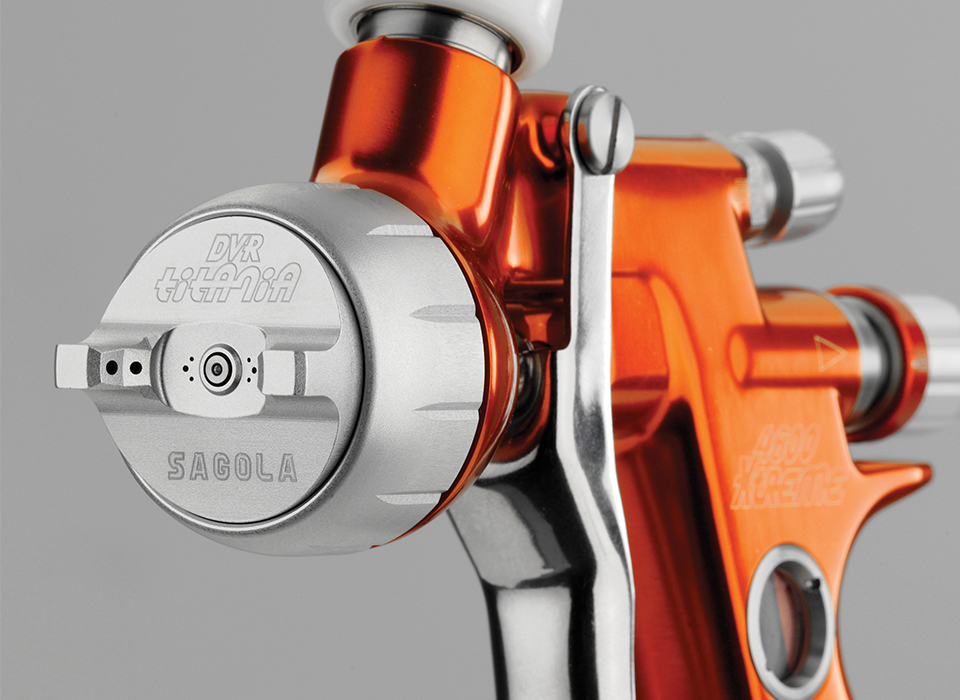
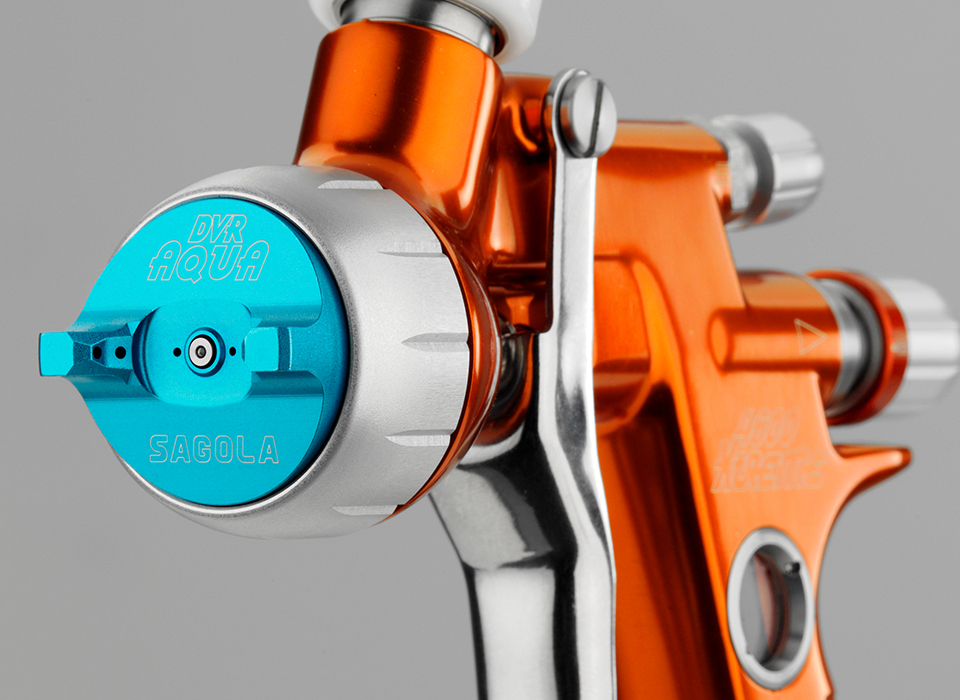
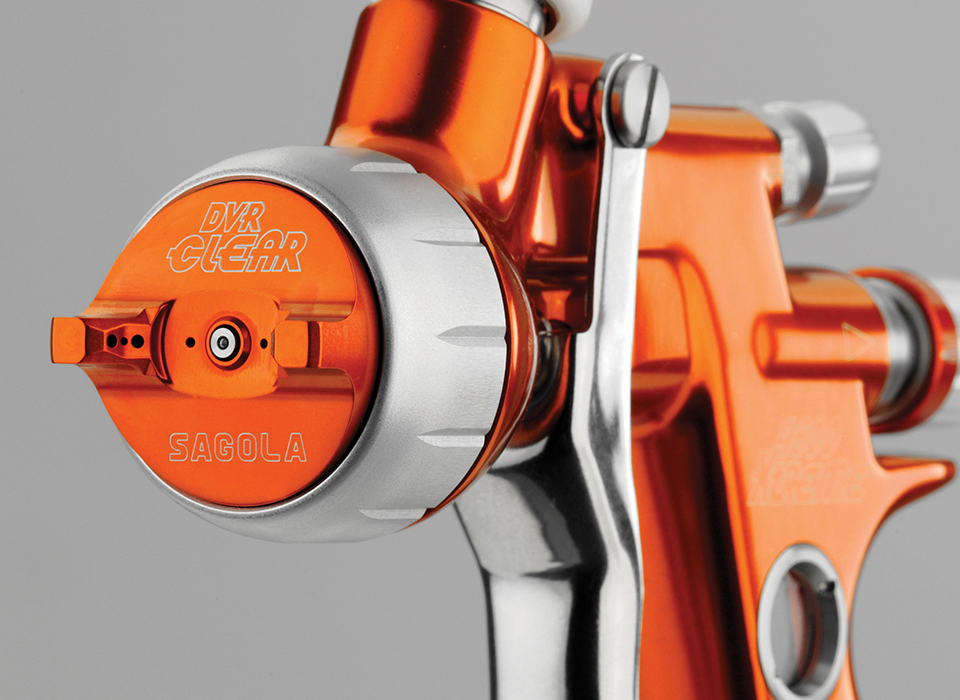
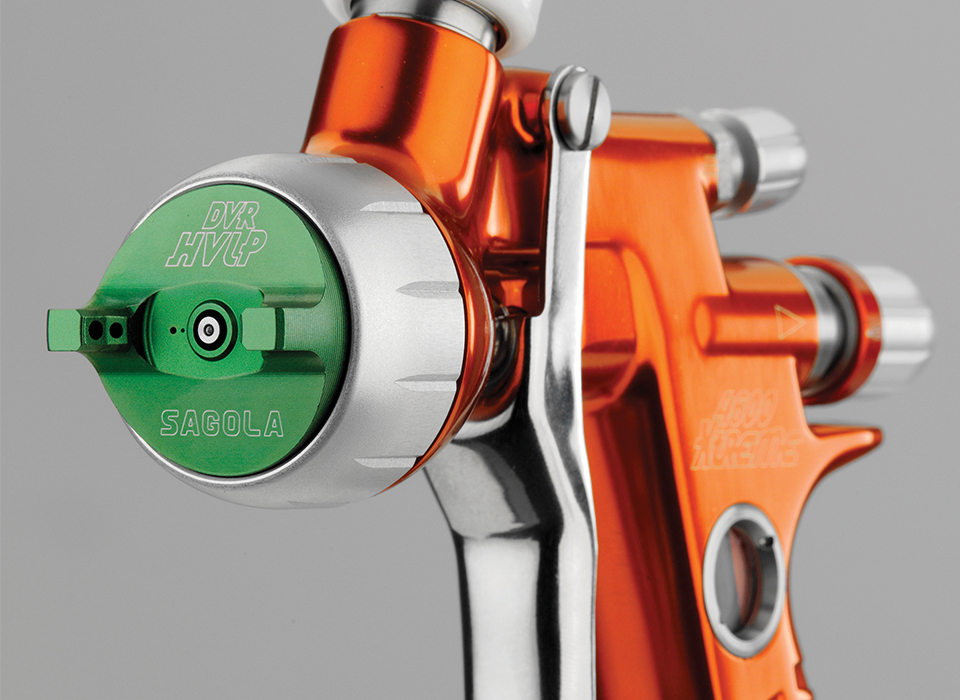
2. Choose your aircap
Based on the paint, primer or filler type and method of application. There are two different models of aircaps; High Transfer and Conventional. Each individual aircap has specific air consumption requirements to operate which must be considered when making your selection - details can be found on the technical specification pages.
- High Transfer (HTE and HVLP); primarily used for low viscosity paints and fluids, typically used in automotive refinishing
- Conventional (CA); ideal for high viscosity paints and fluids, where a higher spray quantity is required, typically used in industrial refinishing applications
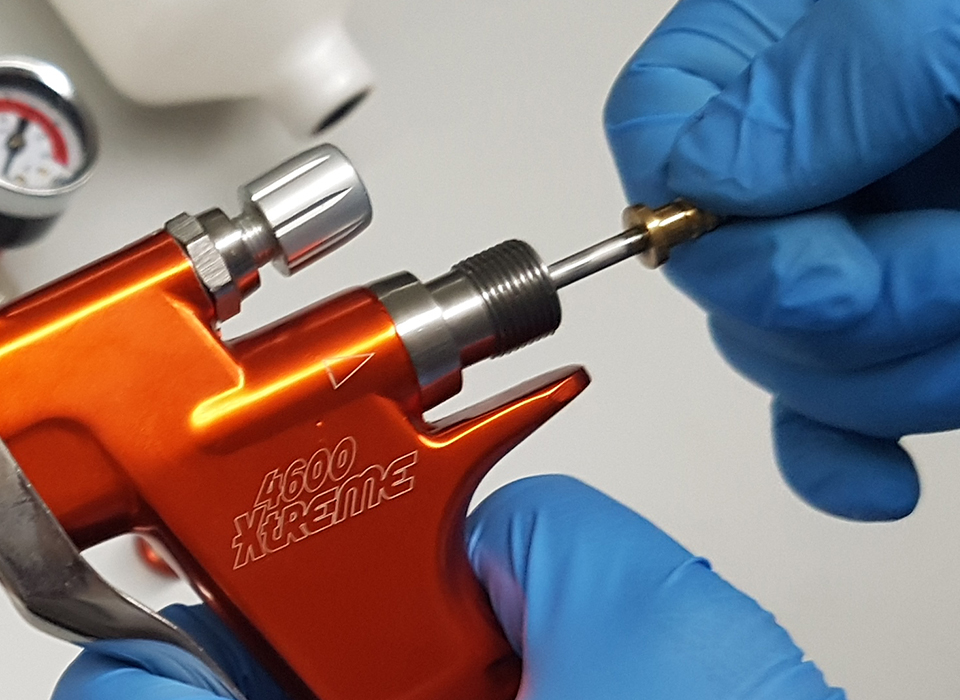
3. Select your needle & nozzle size
Based on the desired flow rate and the viscosity of the paint;
- the larger the orifice, the greater the volume of paint applied;
- the higher the viscosity of the paint, the larger the orifice required for a smooth, consistent flow
